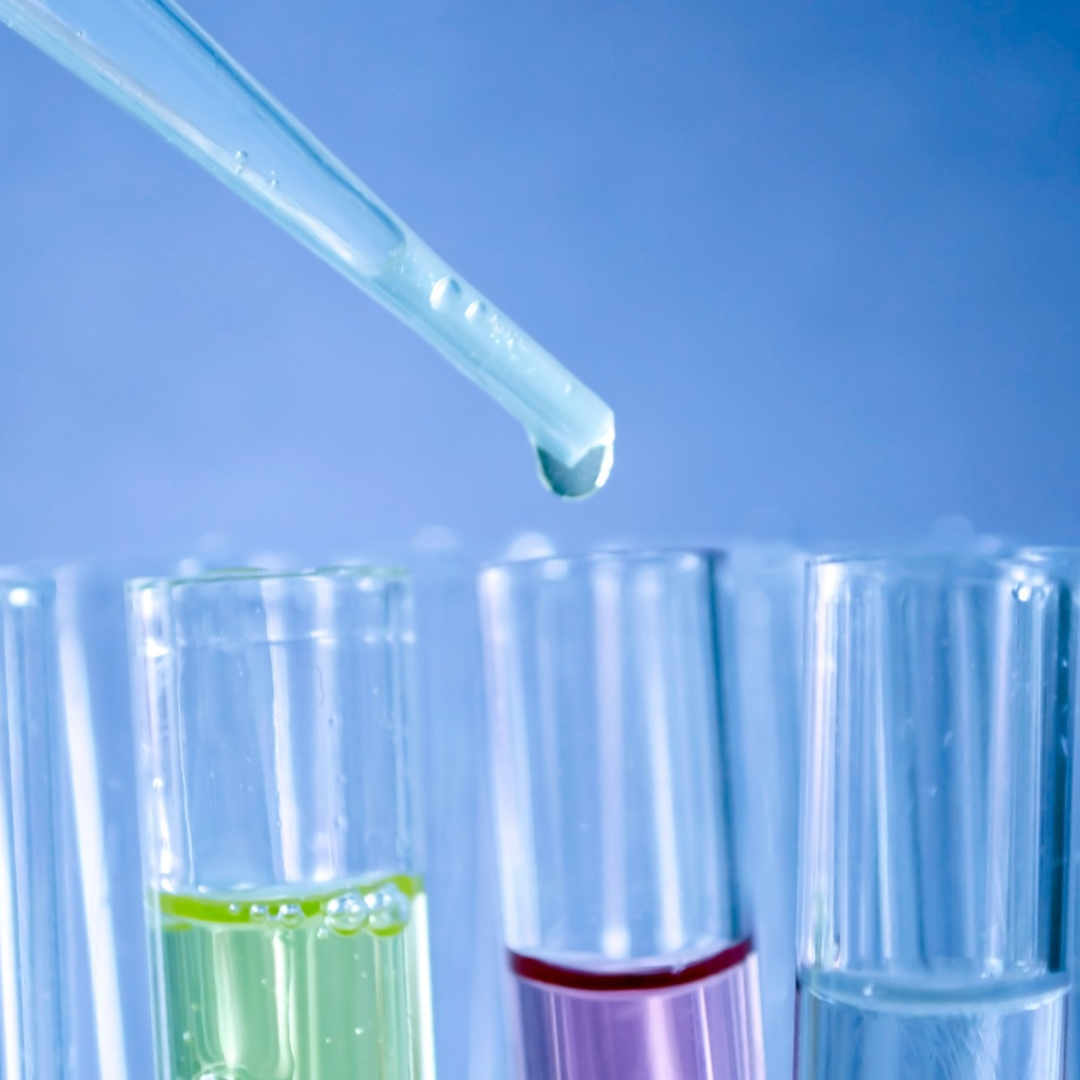Water Quality and The World
As of July 2010, the United Nations General Assembly recognized the human right to water and acknowledged that clean drinking water is essential to the realization of [other] human rights. Nevertheless, at present, more than two billion people, worldwide, do not have access to safe drinking water. Of that number, according to the United Nations (UN), 190 million children are estimated to be threatened by inadequate water, sanitation, and hygiene-related diseases. The world is indeed facing a water crisis, but how is America dealing with it, and do companies help manage water quality?
Access to Water
Let’s put it this way: when the average American turns on the faucet in their home or place of work, water flows effortlessly from the faucet. That seems to be a good thing! According to the EPA, most Americans (more than 95% of the population) have unfettered access to water. It is hard to imagine other countries’ strife, as outlined by the UN, Unicef, and the WHO (World Health Organization), which track global water access. In a report provided by Lifewater, which refers to the UN/WHO/Unicef cooperative effort, countries like Ethiopia, Papua New Guinea, Nigeria, and others, have 50-60% of their population without access to water.
Too much of a good thing?
In the face of such hardship across the world, is there any truth in having “too much of a good thing?” According to the EPA, an average American household uses 300 gallons of water per day. That’s like 60 of those blue 5-gal jugs. Yikes! That’s a lot of water. In other countries, water use is significantly less. To compare, CDC reports show that an average household in France uses 77 gallons per day; that is about 25% of what Americans use. Considering these facts, many Americans seem to overlook the amount of water they use on a daily basis. Could they also overlook the quality of their water?
Quantity Versus Quality
It is no secret that America values quantity. We track the number of followers on social media; we want our children to have an abundance of toys, and we may not like to admit just how many shoes are packed inside our closets…but is this all at the expense of reduced quality? Just like cheaply-made toys break easily, does the quality of our water suffer the same fate in America?
Quality Matters!
The Environmental Protection Agency, (EPA) regulates the presence of contaminants in tap water, under the Safe Drinking Water Act; however, individual states are responsible for reviewing, establishing, and revising water quality standards. Ultimately, this means that water quality is different from state to state, and city to city. Contaminants, or foreign substances, that are found in tap water vary as a result of these varied standards. Whether bacterial, viral, or chemical, some harmful contaminants found in tap water include: nitrogen, bleach, salts, pesticides, hard metals, and toxins products produced by bacteria, human/animal waste, or drugs. The thought of drinking tap water suddenly becomes less attractive.
Optimal Quality
To avoid contamination, many Americans have started filtering their drinking water. Companies, like Optimum Water, utilize a patented 5-stage purification process to ensure the finest drinking water. First, the water is sent through a sediment filter, where rust/clay/dust is removed. No one likes chalky water! Then a carbon filter, where chlorine, and unwanted organic compounds, are removed. Then a reverse osmosis filter is used to purify the water (removing metals, mercury, and lead). Next, a polishing filter helps to make every sip taste amazing, at which point, electrolytes are added back into the water to help stay hydrated.
As Americans become more mindful of water quality, are they likely to be more mindful of their consumption? That is, perhaps, Americans may deal with the world’s water crisis by becoming aware of the quality and quantity of water consumed, in our everyday lives. Optimum gives us this refreshing opportunity to reflect upon quantity and quality. Learn about other ways to address environmental issues and water conservation efforts, by clicking here.



